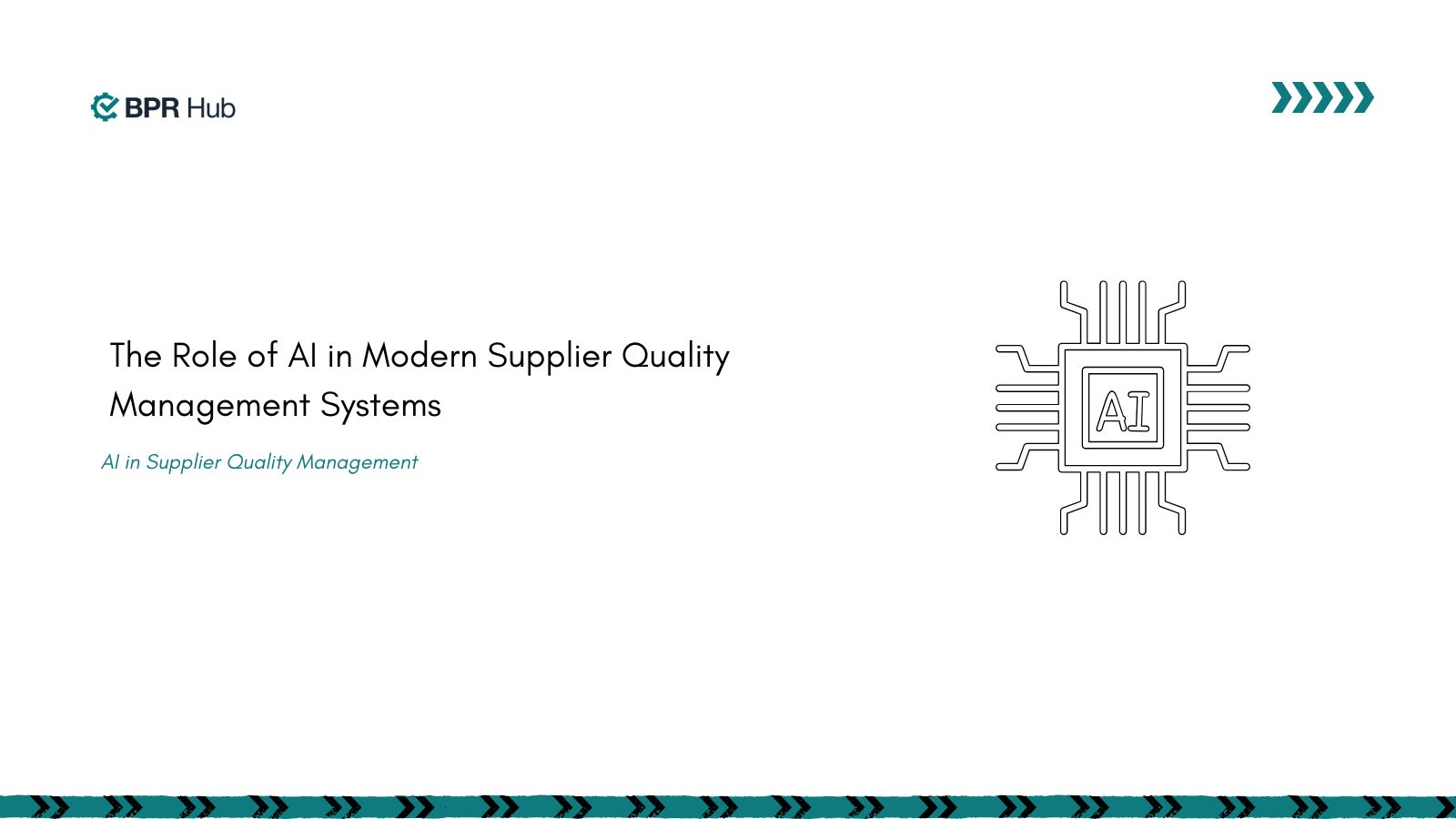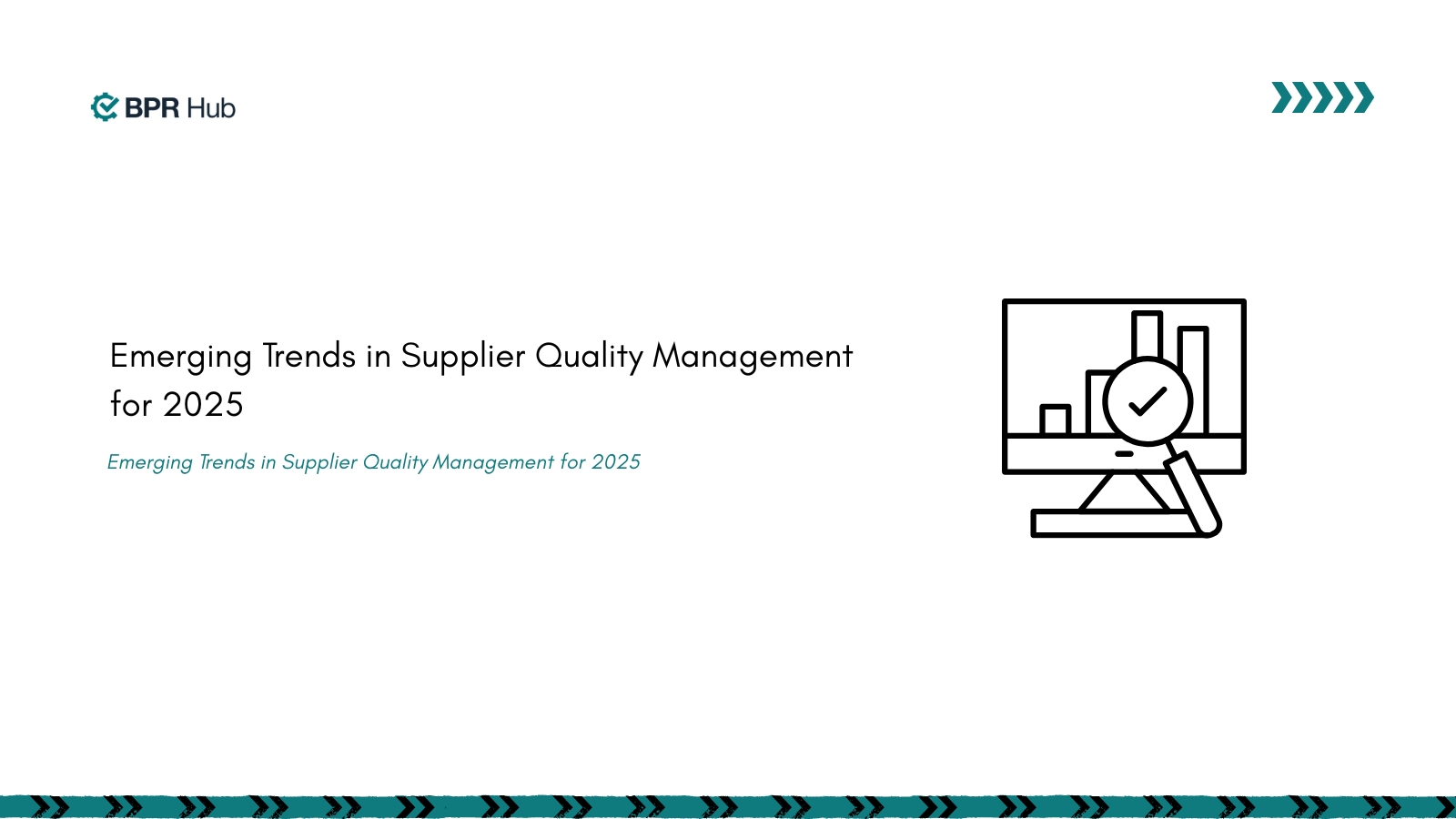In regulated manufacturing, a single workplace incident can shut down production lines, trigger OSHA investigations, and result in millions in fines. According to the National Safety Council, workplace injuries cost U.S. employers $171 billion annually, with manufacturing accounting for nearly 20% of all workplace fatalities. As global supply chains become more interconnected and stakeholders demand verifiable safety commitments, occupational health and safety management has evolved from a compliance checkbox to a strategic business imperative.
OHSAS 18001 served as the foundation for workplace safety management for over two decades, helping manufacturers identify hazards and maintain basic compliance. However, the introduction of ISO 45001 in 2018 marked a fundamental shift in how organizations approach workplace safety. This new standard doesn't just manage incidents, it prevents them through proactive risk assessment, leadership accountability, and worker engagement. In this blog you will get to know more about OHSAS 18001 and ISO 45001 and BPR hub helps with
Why Safety Standards Matter More Than Ever
A single safety lapse can halt production, trigger regulatory fines, and harm a company’s reputation. Manufacturers must show regulators, customers, and investors that safety is not just a promise-it’s a system built into every process. That’s why the move from OHSAS 18001 to ISO 45001 is more than a paperwork update. It’s a shift in how manufacturers approach risk, leadership, and operational excellence.
What Is OHSAS 18001?
OHSAS 18001 provided a structured way for manufacturers to identify hazards, comply with legal requirements, and reduce workplace injuries. The standard focused on procedures and controls. Many companies achieved OHSAS 18001 certification to prove compliance, but the approach often remained reactive. Safety teams responded to incidents, rather than preventing them.
What Does ISO 45001 Change?
The International Organization for Standardization (ISO) 45001 introduces a risk-based, proactive mindset. The standard expects manufacturers to build safety into every level of the business. Instead of relying on a single safety manager, leaders must take ownership. The standard fits seamlessly with other ISO management system standards, such as ISO 9001 and ISO 14001. This integration helps manufacturers manage multiple standards without duplication or confusion.
What are the key differences between OHSAS 18001 vs ISO 45001?
ISO 45001 is built on the Annex SL structure, making it easier to integrate with other ISO standards and adopt a unified management approach. The standard’s emphasis on risk-based thinking and leadership engagement is a significant upgrade from the more procedural focus of OHSAS 18001. Worker participation and consideration of organizational context further distinguish ISO 45001, enabling a more proactive and holistic safety culture.
Ready to Move Beyond Compliance? Hassle-free upgrade to ISO 45001 withBPR hub.
📍 Book a Demo
📧 hello@bprhub.com
Practical Steps for Transitioning to ISO 45001
- Review your current system against ISO 45001 requirements.
- Introduce leadership to drive safety culture and allocate resources.
- Train all staff on the new standard and their roles.
- Update documentation to reflect “documented information.”
- Involve workers and suppliers in risk identification and solutions.
- Use data to track performance and drive continuous improvement.
Implementing ISO 45001 with BPRHub
Before BPRHub
- Safety data scattered across paper files and spreadsheets
- Audit preparation meant last-minute scrambles
- Leadership lacked real-time visibility on risks
- Corrective actions tracked manually, often missed
With BPRHub
- All safety records and compliance activities centralized
- Automated audit trails and reminders keep teams ready
- Leadership dashboards highlight risks and progress
- Corrective actions tracked, closed, and verified
Industry Examples: Why the OHSAS 18001 to ISO 45001 Shift Matters
Pharmaceuticals
Imagine a pharmaceutical company integrating ISO 45001 directly into its batch manufacturing records. That kind of setup could make audits quicker and cleaner, with fewer surprises and a lot less scrambling to gather documentation.
Aerospace
In aerospace, a supplier might see real improvements in safety just by bringing shop-floor workers into the risk assessment process. With the right tools, incident rates could drop significantly—maybe even by a third.
Food Processing
For a food packaging plant switching from OHSAS 18001 to ISO 45001, tracking supplier compliance in real time could become a game changer. It might mean less downtime, faster responses to issues, and a boost in customer confidence.
How BPRHub Helps Manufacturers Transition from OHSAS 18001 to ISO 45001
BPRHub simplifies the complex transition from OHSAS 18001 to ISO 45001 with a comprehensive, cloud-based platform designed specifically for manufacturing environments. Our solution addresses the key challenges manufacturers face when upgrading their occupational health and safety management systems.
Streamlined Standard Migration
BPRHub's Standards Hub centralizes both OHSAS 18001 and ISO 45001 requirements in one platform, making it easy to compare OHSAS 18001 and ISO 45001 side-by-side. The platform automatically maps existing OHSAS 18001 procedures to ISO 45001 requirements, identifying gaps and providing clear guidance on what needs to be updated or added.
Risk-Based Thinking Implementation
One of the major differences between OHSAS 18001 and ISO 45001 is the emphasis on risk-based thinking. BPRHub's Compliance Hub enables manufacturers to:
- Conduct comprehensive risk assessments with automated workflows
- Track and prioritize safety risks across all operations
- Generate real-time risk reports for leadership decision-making
- Implement proactive risk mitigation strategies
Enhanced Leadership Engagement
ISO 45001 requires stronger leadership involvement compared to OHSAS 18001. BPRHub facilitates this through:
- Executive dashboards providing real-time safety performance metrics
- Automated alerts for critical safety incidents requiring leadership attention
- Management review workflows that ensure regular safety system evaluation
- Clear accountability tracking for safety objectives and targets
Worker Participation and Consultation
BPRHub supports the enhanced worker participation requirements of ISO 45001 through:
- Digital suggestion boxes for safety improvement ideas
- Mobile-accessible safety reporting tools
- Training management systems with progress tracking
- Communication workflows that keep all stakeholders informed
Integrated Documentation Management
The difference between ISO 9001 and 45001 becomes clear in BPRHub's unified approach, where safety documentation seamlessly integrates with quality management systems. Our Document Hub provides:
- Version-controlled safety policies and procedures
- Automated document approval workflows
- Real-time access to current safety documentation
- Integration with other ISO standards for holistic management
Audit-Ready Compliance
BPRHub's Audit Hub transforms the audit experience by:
- Maintaining continuous audit readiness with automated evidence collection
- Providing pre-built audit checklists for ISO 45001 requirements
- Tracking corrective actions from identification to closure
- Generating comprehensive audit reports with just a few clicks
Real-Time Monitoring and Analytics
Unlike traditional OHSAS 18001 approaches, ISO 45001 emphasizes continuous monitoring. BPRHub delivers:
- Live compliance dashboards showing safety performance metrics
- Automated incident tracking and investigation workflows
- Trend analysis to identify emerging safety risks
- Performance indicators aligned with ISO 45001 requirements
With BPRHub, manufacturers can confidently navigate the transition from OHSAS 18001 to ISO 45001, ensuring they meet all new requirements while building a stronger, more proactive safety culture. Our platform reduces implementation time by up to 50% and keeps organizations audit-ready year-round.
Need help mapping ISO 45001 to your current systems? Talk to our compliance experts.
📍 Book a Demo
📧 hello@bprhub.com
Key Takeaways
→ ISO 45001 replaces OHSAS 18001 with a proactive, risk-based approach
→ Leadership and worker engagement are central to ISO 45001
→ The new standard aligns with quality and environmental management for easier integration
→ Documentation is more flexible and supports real business processes
→ BPRHub centralizes compliance, reduces risk, and keeps manufacturers audit-ready year-round
→ Manufacturers using BPRHub unlock faster audits, stronger safety culture, and scalable growth
FAQ
Q. What is the main difference between OHSAS 18001 and ISO 45001?
The fundamental difference when you compare OHSAS 18001 and ISO 45001 is their approach to safety management. OHSAS 18001 focused exclusively on risk control through procedures and hazard identification, operating reactively to address known workplace dangers. In contrast, ISO 45001 introduces a proactive, risk-based methodology that requires senior leadership accountability and anticipates potential risks before they become incidents. This shift transforms safety from a departmental responsibility to an organization-wide strategic priority, making ISO 45001 far more comprehensive in preventing workplace accidents.
Q.Why are manufacturers moving from OHSAS 18001 to ISO 45001?
Manufacturers are transitioning because ISO 45001 offers superior integration with other management systems like ISO 9001 and ISO 14001, creating operational synergies that OHSAS 18001 couldn't provide. The new standard's emphasis on leadership engagement ensures safety decisions are made at the executive level, while its proactive risk management approach helps prevent incidents rather than just responding to them. Additionally, ISO 45001 builds stronger safety cultures through mandatory worker participation, leading to measurably better safety outcomes and improved business performance across manufacturing operations.
Q.How does ISO 45001 involve workers more than OHSAS 18001?
OHSAS 18001, which only focused on controlling known hazards, typically delegated safety responsibilities to designated safety representatives without requiring broad employee engagement. ISO 45001 mandates meaningful consultation and participation from all workers and stakeholders in safety decision-making processes. This includes involving employees in risk assessments, safety policy development, incident investigations, and continuous improvement initiatives. The standard requires organizations to establish formal mechanisms for worker feedback, ensuring that frontline knowledge directly influences safety strategies and creates a more collaborative approach to workplace protection.
Q.What happens to OHSAS 18001 certification after ISO 45001 adoption?
When organizations successfully transition to ISO 45001, their OHSAS 18001 certification becomes obsolete and is formally retired by the certifying body. ISO 45001 then becomes the new benchmark for occupational health and safety compliance, with all future audits and assessments conducted against the updated standard. Companies must complete the transition within the certification body's specified timeframe to maintain their safety management system certification. This transition represents a complete upgrade rather than a parallel certification, ensuring organizations benefit from the enhanced safety management capabilities that ISO 45001 provides.
Q.How does ISO 45001 help manufacturers with compliance and growth?
ISO 45001 transforms compliance from a cost center into a growth enabler by reducing workplace incidents, minimizing regulatory penalties, and building stakeholder confidence in manufacturing operations. The standard's integration with quality management systems creates operational efficiencies that lower costs while improving safety outcomes. Manufacturers report improved supplier relationships, enhanced customer trust, and better access to global markets due to ISO 45001's international recognition. The proactive risk management approach also reduces insurance costs, minimizes production disruptions, and creates competitive advantages in industries where safety performance directly impacts business opportunities.
Q.When was OHSAS 18001 replaced by ISO 45001?
ISO 45001 was officially published in March 2018, establishing the timeline for OHSAS 18001's phase-out. Organizations had a three-year transition period, with OHSAS 18001 certifications expiring in March 2021. During this transition window, companies could maintain their existing OHSAS 18001 certification while preparing for ISO 45001 implementation. The International Association of Oil & Gas Producers (IOGP), which developed OHSAS 18001, formally withdrew the standard to ensure global adoption of the superior ISO 45001 framework.
Q.Which are the key advantages of ISO 45001?
ISO 45001 delivers significant advantages through its risk-based thinking approach, mandatory leadership accountability, and enhanced worker participation requirements that create stronger safety cultures. The standard's Annex SL structure enables seamless integration with ISO 9001 and ISO 14001, reducing audit costs and administrative burden while improving overall management system effectiveness. Organizations benefit from improved incident prevention, reduced regulatory risks, enhanced stakeholder confidence, and better operational efficiency. The standard's emphasis on continuous improvement and data-driven decision making helps manufacturers achieve measurable safety performance improvements while supporting long-term business growth.
Q.What is the main aim of ISO 45001?
The primary aim of ISO 45001 is to provide a robust framework for preventing work-related injuries, ill health, and fatalities by promoting safe and healthy workplaces globally. Unlike OHSAS 18001, the standard seeks to create proactive safety cultures where risks are anticipated and managed before incidents occur. ISO 45001 aims to integrate occupational health and safety management into overall business strategy, ensuring that worker protection becomes a core organizational value rather than a compliance afterthought. The standard ultimately strives to make workplaces safer while supporting business sustainability and growth through improved operational excellence.
Q.What is the difference between ISO 9001 and 45001?
The difference between ISO 9001 and 45001 lies in their focus areas: ISO 9001 addresses quality management systems to ensure consistent product and service delivery, while ISO 45001 specifically targets occupational health and safety management to protect workers and create safe workplaces. Both standards share the Annex SL structure, making them highly compatible for integrated implementation, but ISO 9001 emphasizes customer satisfaction and quality improvement, whereas ISO 45001 prioritizes worker safety and risk prevention. Organizations often implement both standards together to achieve comprehensive operational excellence that covers quality, safety, and business performance simultaneously.
Get insights that help you minimize risks and maximize profits.
Dive deeper into manufacturing compliance with our free resources.
We get it, compliance can get tough.
Here are some additional resources to help.
We get it, compliance can get tough. Here are some additional resources to help.
Get updates in your inbox

.svg)
%20(1).svg)


.jpg)


%20(1).svg)

.avif)

